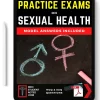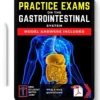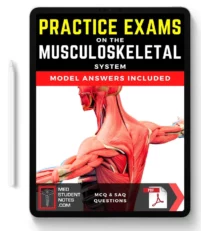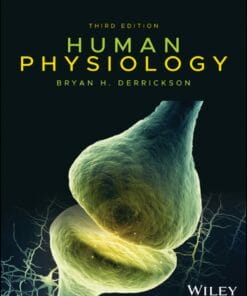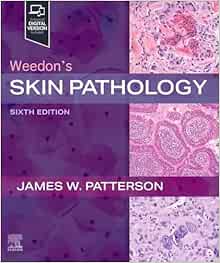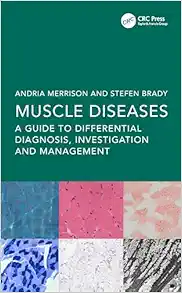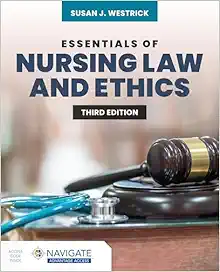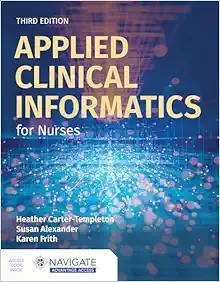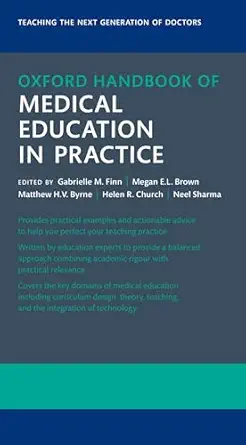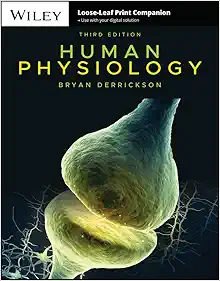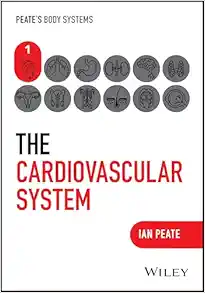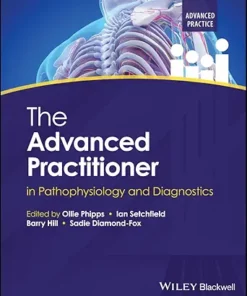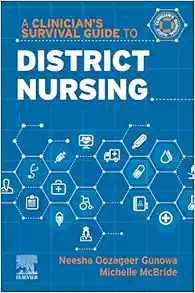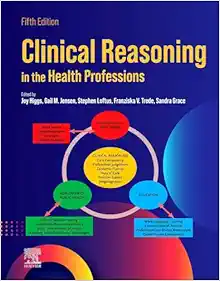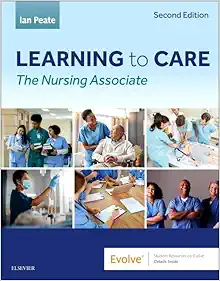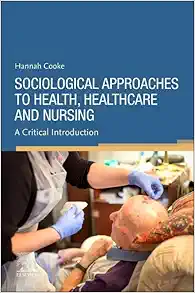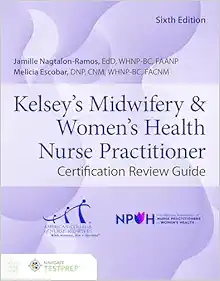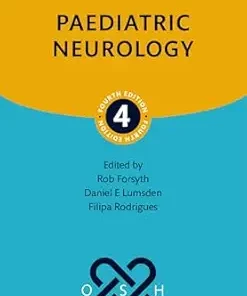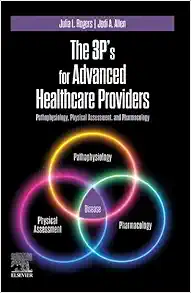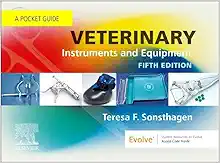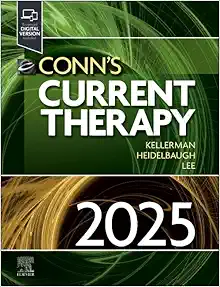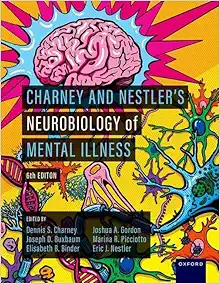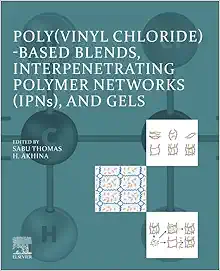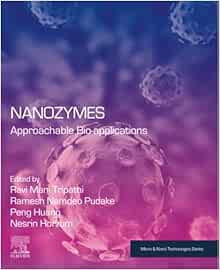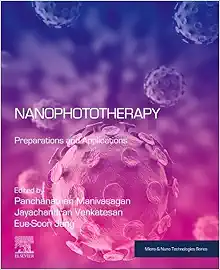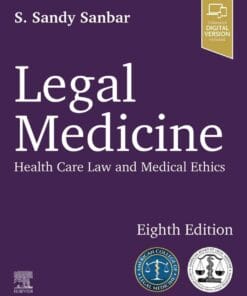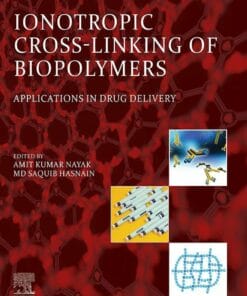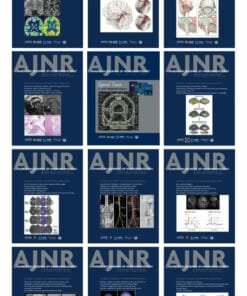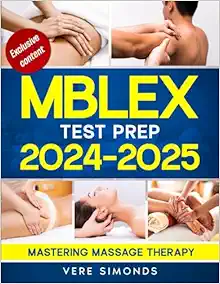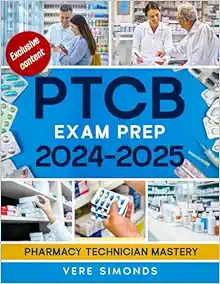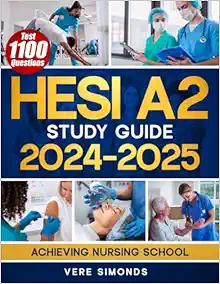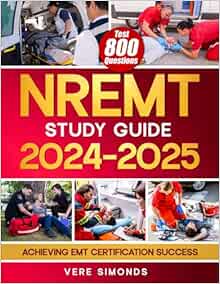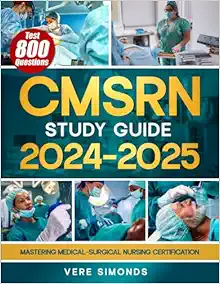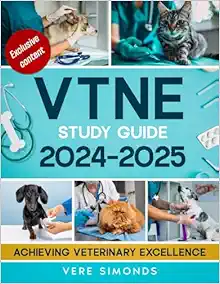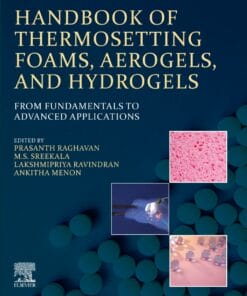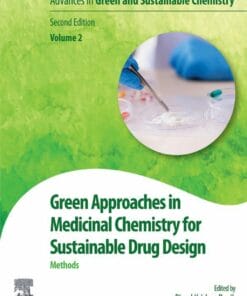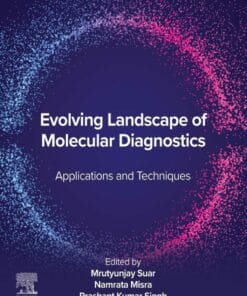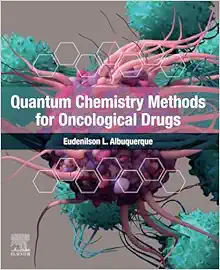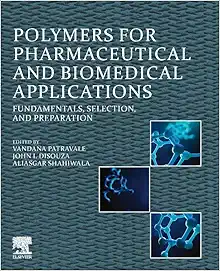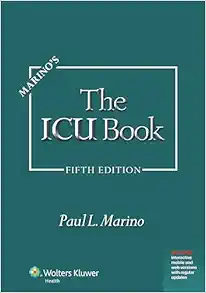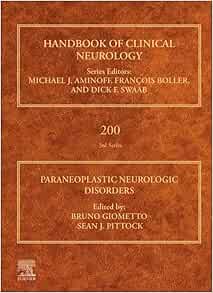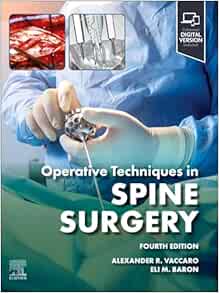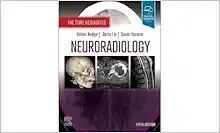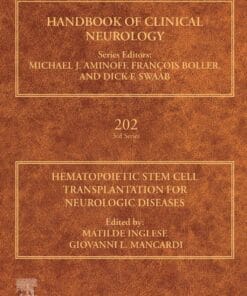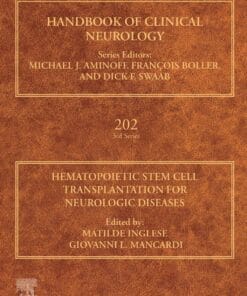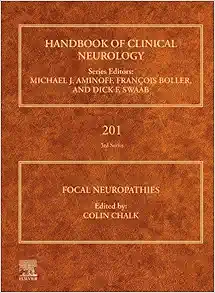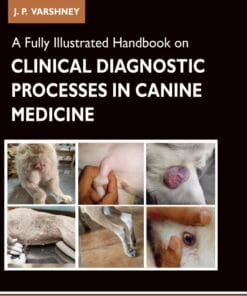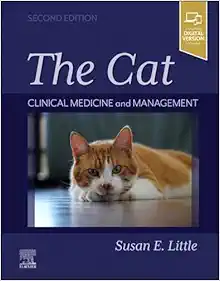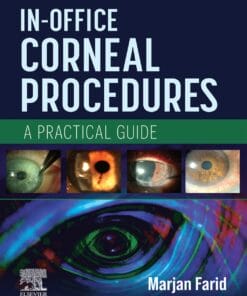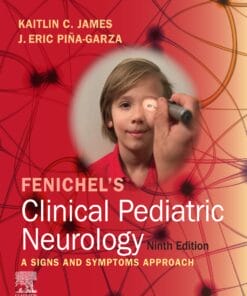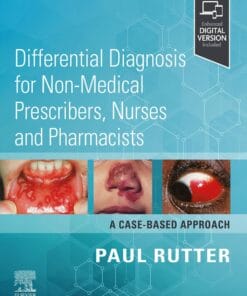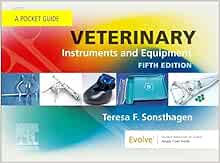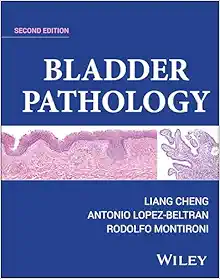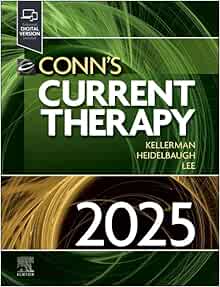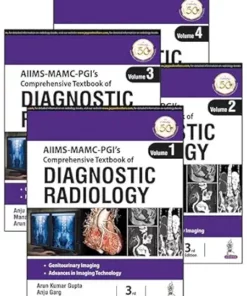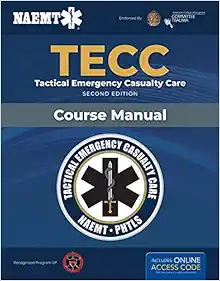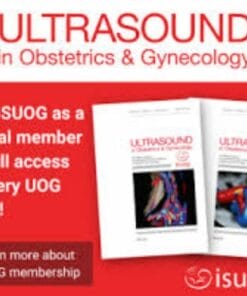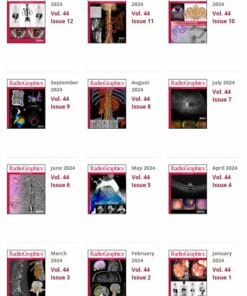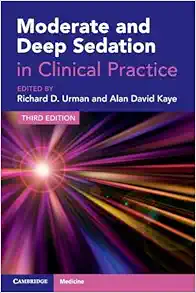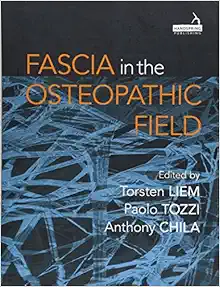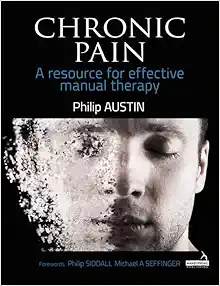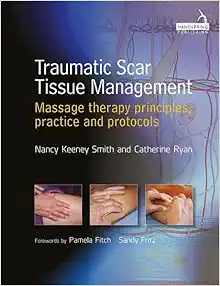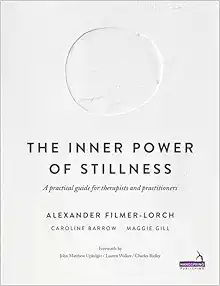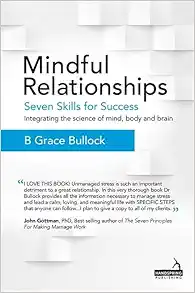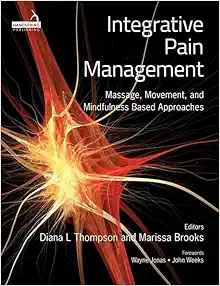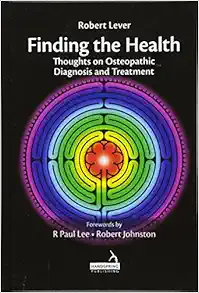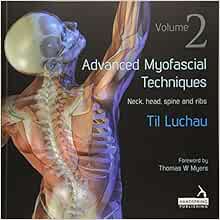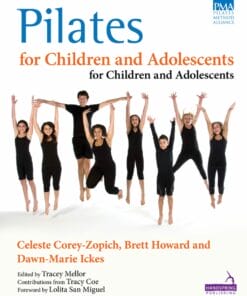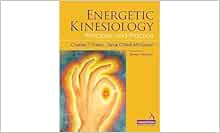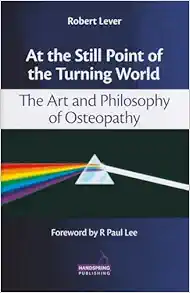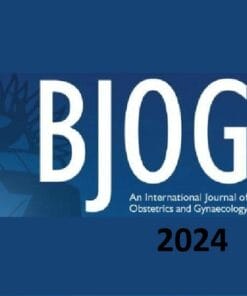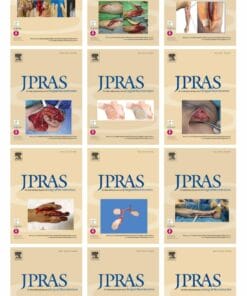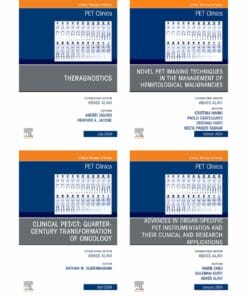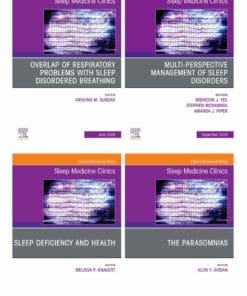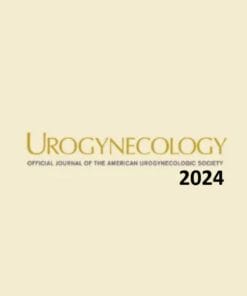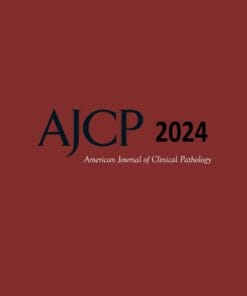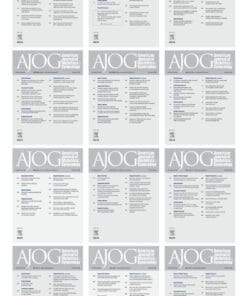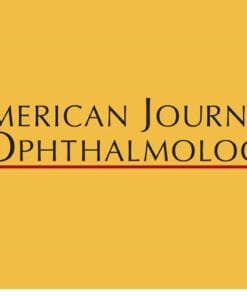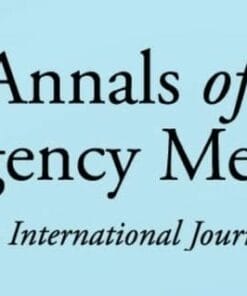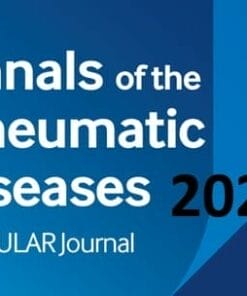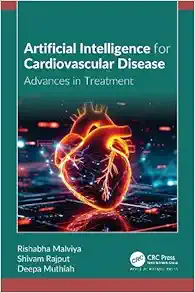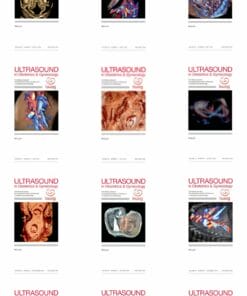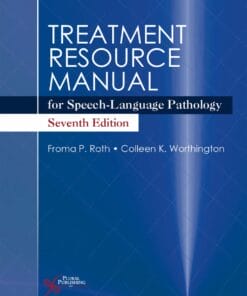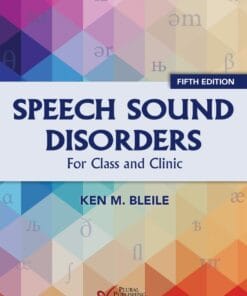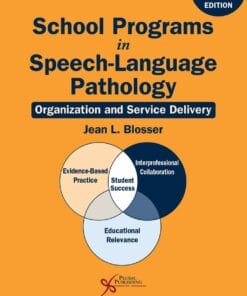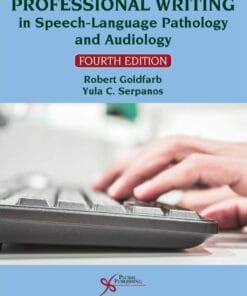Medstudentnotes Practice Exams – Musculoskeletal (PDF)
6 $
Delivery time: Maximum to 1 hours
Format : Published PDF
File Size : 4.5 MB
This product includes practice exam questions on the musculoskeletal system at the university level, covering topics such as anatomy, physiology, biomechanics, and injuries/diseases of the bones and joints. The set includes multiple-choice and short-answer questions with detailed answer keys provided. It is compatible with OneNote, Notability, and Goodnotes, and is downloadable and printable in PDF format. The content volume is 129 pages.
Medstudentnotes Practice Exams – Musculoskeletal (PDF Book)
Introduction:
The musculoskeletal system is a complex network of bones, muscles, and joints that work together to support the body’s movements. To help students assess their knowledge of this system, a set of practice exams has been designed to evaluate their understanding of the different aspects involved. In this review, we will analyze the content and features of the practice exams, as well as the target audience and provide a rating and review.
Analysis:
The practice exams cover a lot of ground, presenting a comprehensive set of university-level MCQ and SAQ that address every aspect of the musculoskeletal system. The multiple-choice questions are designed to test recall and recognition, while the short-answer questions are more focused on deeper understanding, critical thinking, and problem-solving. So, they are a useful tool for students wanting to assess their knowledge and identify areas where they need further study.
Key Features:
One of the most notable features of these practice exams is the detailed model answers provided directly after each quiz. This allows students to have immediate feedback on their performance, learn from any mistakes made, and improve their retention of the subject. Another benefit is that the exams are downloadable and printable in PDF format and are compatible with note-taking apps like OneNote, Notability, and Goodnotes. This way, students can review the materials on any device at their convenience.
Target Audience:
The practice exams are designed to meet the needs of any student seeking university-level knowledge and testing of the musculoskeletal system. This includes undergraduate students, health science students, and medical students, among others. Besides, the materials can also be used by practicing healthcare professionals to review and update their knowledge or to prepare for certification examinations.
Conclusion:
In conclusion, the Practice Exams on the Musculoskeletal System offer a comprehensive set of university-level MCQ and SAQ, addressing every aspect of the musculoskeletal system. The exams come with detailed model answers, which make them an excellent tool for immediate feedback and learning. They are downloadable and printable in PDF format, which allows students to have convenient and unlimited access to the materials. All these features make them a reliable and valuable tool for anyone seeking to assess their knowledge of the musculoskeletal system, and we highly recommend them.
Rating and Review:
We rated the Practice Exams on the Musculoskeletal System with five stars for their comprehensive content, detailed model answers, and convenient compatibility with note-taking apps. The materials are a useful tool for anyone seeking to evaluate their knowledge of the musculoskeletal system, from undergraduate students to practicing healthcare professionals. We highly recommend them!
Product Details
Features:
- High-Yield Questions
- Detailed Model Answers Provided
- Downloadable & Printable PDF documents.
- Compatible with OneNote, Notability & Goodnotes
Content Volume: 129 pages
Exam Topics:
- GENERAL OVERVIEW OF THE SKELETAL SYSTEM
- MACRO ANATOMY OF THE SKELETAL SYSTEM
- GENERAL OVERVIEW OF THE MUSCULAR SYSTEM
- GENERAL MUSCULAR PHYSIOLOGY
- NEUROMUSCULAR PHYSIOLOGY
- BIOMECHANICS
- MUSCLE REFLEXES
- BONES OF THE SKULL, FACE, AND JAW
- BONES OF THE UPPER LIMBS, SHOULDER GIRDLE, AND HANDS
- JOINTS OF THE UPPER LIMBS, SHOULDER GIRDLE, AND HANDS
- BONES OF THE LOWER LIMBS, PELVIC GIRDLE, AND FEET
- JOINTS OF THE LOWER LIMBS, PELVIC GIRDLE, AND FEET
- MUSCLES OF THE AXIAL SKELETON AND DEEP BACK MUSCLES
- MUSCLES OF THE UPPER LIMBS AND SHOULDER GIRDLE
- EXTRINSIC AND INTRINSIC MUSCLES OF THE HAND
- MUSCLES OF THE LOWER LIMBS AND PELVIC GIRDLE
- MUSCLES AND SURROUNDING STRUCTURES OF THE FOOT AND ANKLE
- INNERVATION OF THE UPPER LIMBS AND SHOULDER GIRDLE
- INNERVATION OF THE LOWER LIMBS AND PELVIC GIRDLE
- BONY INJURIES
- BONY INFECTIONS
- BONY TUMORS
- OSTEOPOROSIS AND PAGET’S DISEASE OF THE BONE
- CRYSTAL ARTHROPATHIES – GOUT AND PSEUDOGOUT
- ARTHRITIS


